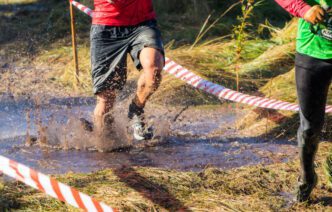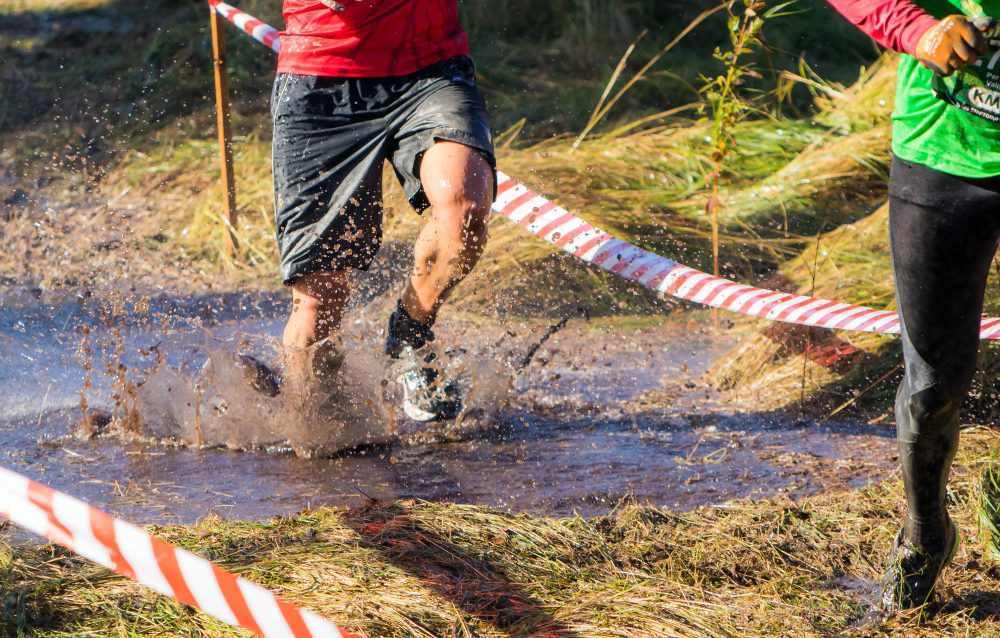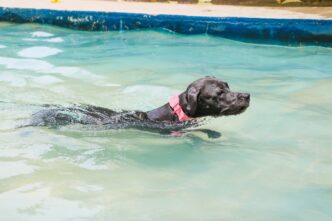A Quick Takeaway
The Story Behind the Trend
How to Make It Work for You
The Community View
Embarking on your first obstacle course race (OCR) is an exhilarating challenge that tests not just physical prowess but also mental fortitude, and Miami, Florida offers an ideal backdrop for this transformative experience. OCRs, which combine running with various physical obstacles like climbing walls, crawling through mud, and navigating balance beams, are for anyone seeking to push their fitness boundaries and discover new strengths. Whether you’re a seasoned athlete or a fitness newbie, starting your training several months in advance is key to success, preparing your body for the unique demands of these events, many of which are held in the diverse landscapes surrounding the vibrant South Florida metropolis.
Understanding Obstacle Course Racing
Obstacle Course Racing is a dynamic sport that blends endurance running with strategic problem-solving and full-body strength challenges. Unlike traditional road races, OCRs introduce elements that require participants to climb, carry, crawl, jump, and navigate through natural and man-made obstacles.
These races are designed to push participants out of their comfort zones, fostering a sense of camaraderie as individuals often help each other overcome difficult obstacles. From the iconic mud pits of Tough Mudder to the challenging carries and climbs of a Spartan Race, each event offers a unique set of tests, making every race a distinct adventure.
Why Miami is Your Perfect OCR Starting Line
Miami and the broader South Florida region present an excellent environment for both training for and competing in your first OCR. The year-round warm climate allows for consistent outdoor training, eliminating seasonal interruptions that might plague other regions.
While South Florida is largely flat, the availability of diverse parks, trails, and urban training facilities means you can simulate various terrains and build the necessary functional strength. The area also frequently hosts major OCR series, offering numerous opportunities to find a race that fits your schedule and challenge level.
Building Your OCR Training Foundation
Successful completion of an OCR requires a holistic approach to fitness, encompassing cardiovascular endurance, muscular strength, and mental resilience. Your training plan should progressively build these attributes, preparing you for the varied demands of the course.
Consistency is paramount. Aim for at least 3-5 training sessions per week, gradually increasing intensity and duration. Remember to incorporate rest and recovery days to allow your body to adapt and prevent overtraining.
Cardiovascular Endurance
Running is the backbone of any OCR, as you’ll spend a significant portion of the race covering ground between obstacles. Focus on building a solid running base, starting with shorter distances and gradually increasing your mileage.
Incorporate a mix of steady-state runs, interval training, and trail running if possible. While Miami’s terrain is mostly flat, varying your running surfaces can help prepare your ankles and knees for uneven ground.
Functional Strength and Power
OCR obstacles demand full-body strength, particularly in your upper body, core, and legs. Compound movements that mimic obstacle challenges are highly effective.
Include exercises like pull-ups, push-ups, squats, lunges, burpees, and deadlifts in your routine. Bodyweight exercises are also incredibly valuable for building relative strength, which is essential for climbing and navigating obstacles efficiently.
Grip Strength: Your Secret Weapon
Many OCR obstacles, such as monkey bars, rope climbs, and carrying challenges, heavily rely on strong grip strength. Neglecting this crucial area can quickly lead to frustration on race day.
Incorporate specific grip training into your workouts: dead hangs, farmer’s carries, towel pull-ups, and plate pinches are excellent choices. Even simply holding onto dumbbells for longer durations during other exercises can help improve your grip endurance.
Agility and Mobility
Being agile and having good mobility will help you navigate obstacles safely and efficiently. Incorporate dynamic stretching, plyometrics, and agility drills like ladder drills or cone drills into your warm-ups or dedicated sessions.
Practicing movements like crawling, jumping over low hurdles, and balancing can also directly translate to improved performance on the course. Yoga or Pilates can further enhance flexibility and core stability.
Nutrition and Hydration: Fueling Your OCR Journey
What you eat and drink plays a critical role in your training performance and race day success. A balanced diet rich in whole foods will provide the energy and nutrients your body needs to recover and grow stronger.
Leading up to the race, focus on complex carbohydrates, lean proteins, and healthy fats. On race day, a light, easily digestible meal 2-3 hours before the start is ideal. During the race, utilize aid stations for water and electrolytes, and consider carrying energy gels or chews for sustained fuel, especially for longer courses.
Race Day Preparation: Mind Over Mud
The weeks leading up to your first OCR are crucial for fine-tuning your preparation. Beyond physical training, mental preparation is key to conquering the course.
What to Wear and Bring
Opt for quick-drying, moisture-wicking athletic gear that can withstand mud and abrasion. Avoid cotton, which absorbs water and can become heavy and chafe. Trail running shoes with good grip are highly recommended for navigating slippery terrain.
On race day, bring a change of clothes, a towel, a plastic bag for muddy items, and an ID. Many races offer bag check services. Hydrate well in the days leading up to the race, but avoid over-hydrating right before the start.
Pacing and Strategy
Start conservatively. It’s easy to get caught up in the excitement and go out too fast. Pace yourself, especially on the running segments, so you have enough energy for the obstacles. Don’t be afraid to walk if needed; conserving energy is smart strategy.
Approach each obstacle with a clear plan. If you’re unsure, watch how others tackle it. Most importantly, remember that it’s okay to fail an obstacle; many races have penalty exercises (like burpees) that allow you to continue.
Embrace the Challenge
Your first OCR will be messy, challenging, and incredibly rewarding. Go into it with an open mind and a willingness to get dirty. Focus on having fun and enjoying the unique experience.
The sense of accomplishment you’ll feel crossing that finish line, covered in mud and sweat, is unparalleled. It’s a testament to your hard work and newfound capabilities.
Finding Your First OCR in Florida
Florida is a popular destination for major OCR series. Keep an eye out for events from:
- Spartan Race: Known for its challenging obstacles and competitive atmosphere, with various distances (Sprint, Super, Beast).
- Tough Mudder: Focuses on teamwork and overcoming fears, with unique, often intimidating obstacles.
- Savage Race: Offers a good mix of challenging and fun obstacles, often with a focus on creativity.
Check the official websites for these series for their Florida event calendars. Local running clubs and fitness communities in Miami are also excellent resources for discovering smaller, local OCR events and training groups.
Beyond the Finish Line: Recovery and Reflection
After conquering your first OCR, proper recovery is essential. Rehydrate and refuel with a balanced meal soon after the race. Engage in light, active recovery like walking or gentle stretching the next day to help alleviate muscle soreness.
Take time to reflect on your achievement and what you learned. Your first OCR is just the beginning of a potentially lifelong journey into this exciting world of fitness and adventure, proving what you’re truly capable of.








